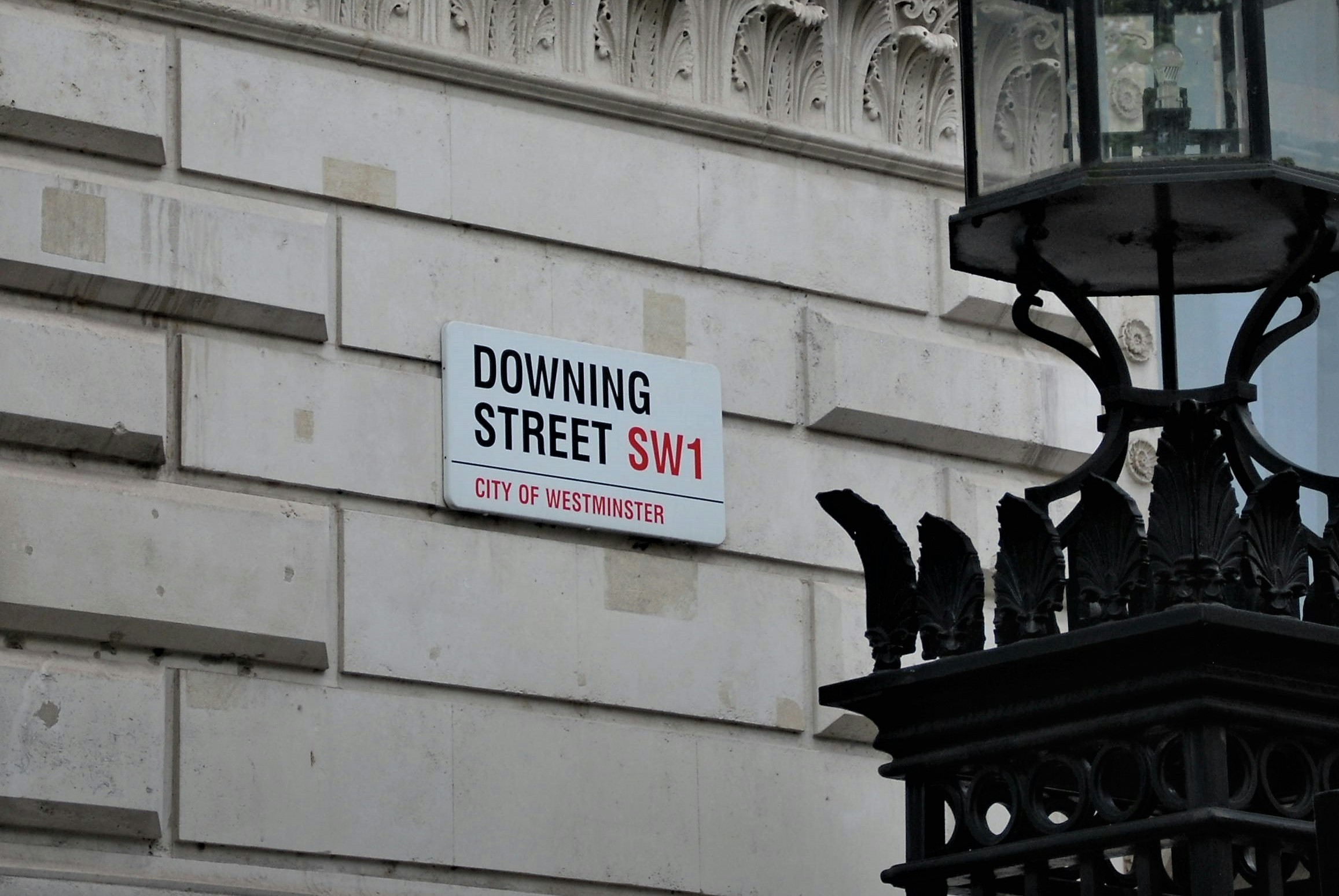ARTICLE
The art of the consumer case study
Journalists never struggle to get their hands on content from brands, with some receiving over 500 pitches every single day in their inboxes. But where interview requests, pitches for features and press releases are common, great case studies are often few and far between.
What is a consumer case study?
While most businesses will be familiar with creating case studies that demonstrate their work and expertise on specific projects, a consumer case study relies on customer participation, often making them trickier to organise with longer lead times. So, what makes them worth the extra admin?
Case studies are a powerful tool for demonstrating the real-life benefits of your product or service. With consumers showing the value to other consumers, rather than the brand, they add credibility and build trust making them like gold dust for a PR team.
When it comes to snaring a journalist’s attention, consumer case studies often work better than other types of content. Some media – such as interiors or property – even have specific, regular slots assigned for case studies that need to be filled, meaning demand often outweighs supply. Here are our tips for creating the perfect consumer case study:
Step 1: Writing with flair
- Pinpoint the USP
Think about what was unique about the customer’s story or testimonial and make sure this is used as a thread throughout the case study. Keeping the USP as the focus of the piece will help make it interesting and engaging to the audience.
Example: Appealing to different audiences and publications is no mean feat, but our expertise meant we secured placements for the same picture-led case study for Guinness Homes at First Time Buyer, and regional media outlet, London News, simply by knowing how to position the USP for each audience – making one output stretch a lot further.
Craft a clear narrative
Case studies should always tell a story. Having a cohesive narrative that introduces the subject, describes the challenge and then explains how your product/service helped solve that problem is a tried and tested structural method that ensures all details are included.
Example: Jumping on the news that Jeremy Clarkson had caused changes to the laws around converting agricultural buildings, we secured a timely case study opportunity based on barn renovations for Coppice & Crown, which was featured in The Sunday Times Homes & Gardens – a full three pages and plenty of beautiful photography to show off the build.
Step 2: Perfecting the pitch
- A picture’s worth a thousand words
A compelling visual element is crucial to a successful pitch. Without high resolution, professional-looking shots a case study will often be rejected. Video content is also engaging on digital and social media platforms and could be a selling point for a journalist.
Example: We’re a nation addicted to reading about homes and property and that’s exactly how we’ve built such a good relationship with Metro Homes and Property, regularly securing case study slots for Guinness Homes to show off new shared ownership developments.
Keep it short and sweet
Case studies might be a few hundred words in length, but your pitch definitely shouldn’t be. Instead, it should be concise, highlight the key USP and sum up the narrative in a couple of well-crafted sentences. It’s also good to highlight any additional content on offer, for example if there are videos or if the case study subjects are available for interview.
Looking to make your business stand out with a consumer case study? Contact us team today.
Looking for more?
Sign up to our “Pearls of Wisdom” newsletter here.











